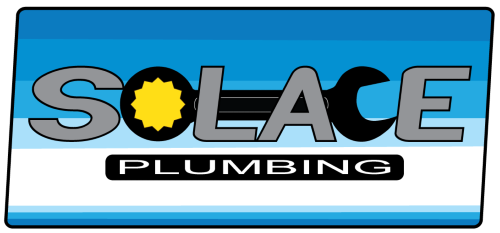Gas Line Installation Demystified: A How-To for Homeowners and Pros
These underground and behind-the-wall heroes power homes quietly and consistently, fueling everything from cozy fireplaces to that first cup of morning coffee.
Gas lines might not spark much excitement at dinner parties, but they deserve a solid round of applause. These underground and behind-the-wall heroes power homes quietly and consistently, fueling everything from cozy fireplaces to that first cup of morning coffee. Installing gas lines, whether for new construction or a retrofit, doesn’t need to feel like a mysterious, high-stakes operation. With the right approach, it becomes a smart investment in comfort and safety.
Planning Like A Pro
Installing gas lines starts with a thoughtful plan. Without a clear idea of appliance needs, pipe routing, and pressure requirements, it’s all too easy to end up with a tangled mess or inefficient layout. Every appliance—whether it’s a range, water heater, dryer, or outdoor grill—has specific gas flow demands. The entire system should be mapped to meet those needs with a balanced supply that keeps everything operating smoothly.
The fewer bends, fittings, and long stretches in a gas line, the better. Each joint introduces a possible weak point. A smart layout limits those points while giving easy access for future maintenance. Homes that expect to add appliances later benefit from a plan that leaves room to grow.
Choosing The Right Materials
Material selection makes a noticeable difference. Black iron pipe, a favorite for decades, remains a popular choice due to its strength and fire resistance. For tighter spaces or longer runs, corrugated stainless steel tubing (CSST) adds a layer of flexibility that speeds up installation without sacrificing performance. Outdoor or underground projects call for polyethylene piping, known for its durability and resistance to corrosion.
Matching the right material to the job helps avoid future headaches. Climate, soil conditions, building codes, and appliance type all play a role in choosing the best fit. Professionals consider every angle before making that first cut or connection.
Staying In Step With Codes
Cutting corners on code compliance often backfires. Gas line work typically requires permits, inspections, and strict adherence to local building codes. These regulations are in place for good reason. They help protect homes and families by keeping installations up to standard and reducing the risk of leaks or poor performance.
Professional installers stay well-versed in current regulations and permit processes. They coordinate with inspectors, file the proper documentation, and complete installations that pass review with flying colors. It’s not about jumping through hoops—it’s about building safe, lasting systems that homeowners can trust for years.
Executing The Installation
With a solid plan and approved permits, the real action begins. First, the gas supply is turned off at the main valve. Once the work zone is safe, pipes are measured, cut, and threaded, or tubing is routed into place.
Every connection is carefully sealed using the correct compound or tape made specifically for gas lines. Tools used during this phase aren’t just about muscle—they’re about precision. Even one loose fitting can lead to a leak, so each piece must be locked in with confidence.
Pressure testing plays the role of final exam. The entire system is sealed, pressurized, and monitored to detect any drop. A successful test means the line is leak-free and ready for activation. Once that final inspection is complete, the system can be turned on, and appliances can start doing their thing.
Focusing On Long-Term Safety
Gas line installation doesn’t stop when the job is done. Ongoing safety checks play a key role in keeping everything operating the way it should. Routine inspections help spot early signs of wear, corrosion, or movement that may affect the integrity of the system.
Any unusual odors, pilot light issues, or appliance hiccups deserve prompt attention. It’s better to deal with small fixes early than to let them evolve into expensive repairs or safety risks. Professionals trained in gas systems can quickly identify and repair issues before they snowball into something bigger.
Why Professional Installation Matters
DIY projects can be a lot of fun—think custom shelving or a backyard planter box. Gas line installation doesn’t belong on that list. It requires in-depth knowledge, specialized tools, and an understanding of local building requirements. Licensed professionals bring years of experience to the job, which means cleaner installations, better performance, and fewer worries.
Professionals don’t just install pipes—they design systems customized to the home’s current and future needs. Whether it’s a kitchen upgrade or a full outdoor living space, working with an expert makes the project run smoothly from start to finish.
Peace Of Mind In Every Connection
Gas lines might not grab the spotlight, but they quietly power the best parts of home life. They support warm meals, hot showers, and cozy winter nights. When installed correctly, they blend into the background—reliable, safe, and always ready to deliver.
With a smart plan, quality materials, and skilled hands, a gas line installation becomes more than just a technical job. It’s a foundation for comfort, efficiency, and long-term value. For homeowners and professionals alike, understanding the process takes the mystery out of the project and replaces it with confidence.

